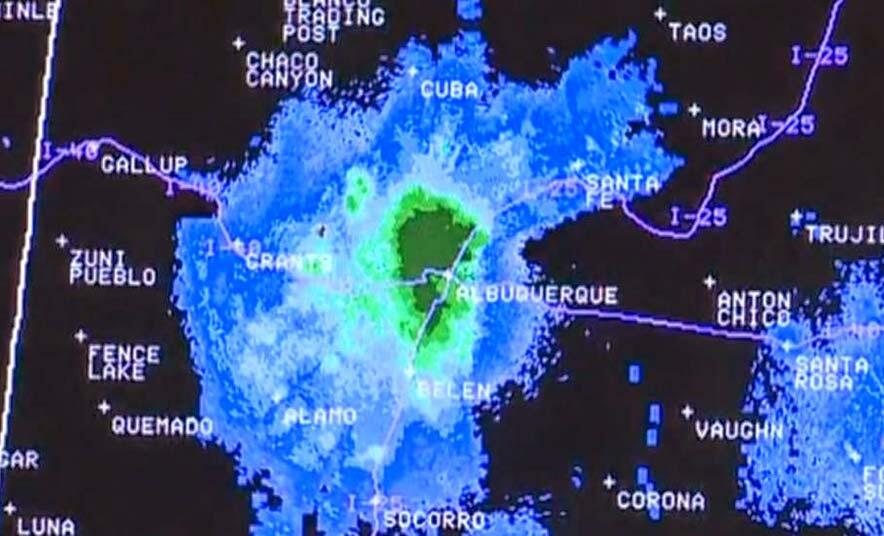 |
| Figure from Kramer et al. showing effects measured in 'social contagion' study. |
So what does this result mean in terms of social contagion? Imagine I have 100 friends on Facebook and 50 of them stop writing positive things online. If I write 100 words a day on Facebook, then according to the experimental results, during one week I will write a total of one less positive word. Maybe on Wednesday I'll write 'OK' instead of 'Good'. This lost 'good' will have almost no effect on my friends. Of the 70000 words they might read in a week (assuming everyone is like me and writes 100 words a day and has 100 friends) one of them will be less positive. There is no way that this type of effect will turn in to a "contagion". My potential 'good' will be lost in a noise of 'likes' and smiley faces. Quite quickly everyone will recover from negative thinking and the balance of happy and sad words will return to normal levels.
The authors partially acknowledge my point saying that "the effect sizes from the manipulations are small" but claim that "the massive scale of social networks such as Facebook, even small effects can have large aggregated consequences". While this statement is true, my argument above shows that the aggregation works against contagion, not in favor of it. I could make this argument more thorough, accounting for interactions between individuals and calculating R0, but the result will be the same. The Kramer et al. study show that emotions are negligibly contagious on Facebook.
Overall, the Facebook study is a useful contribution to the literature and I am glad to see it published. What concerns me is how quickly an idea like 'online emotions are contagious' can spread without anyone checking the basics. Scientific ideas are contagious and often spread unchecked (although maybe I should check how strong this effect actually is before I make such claims :-) ).




